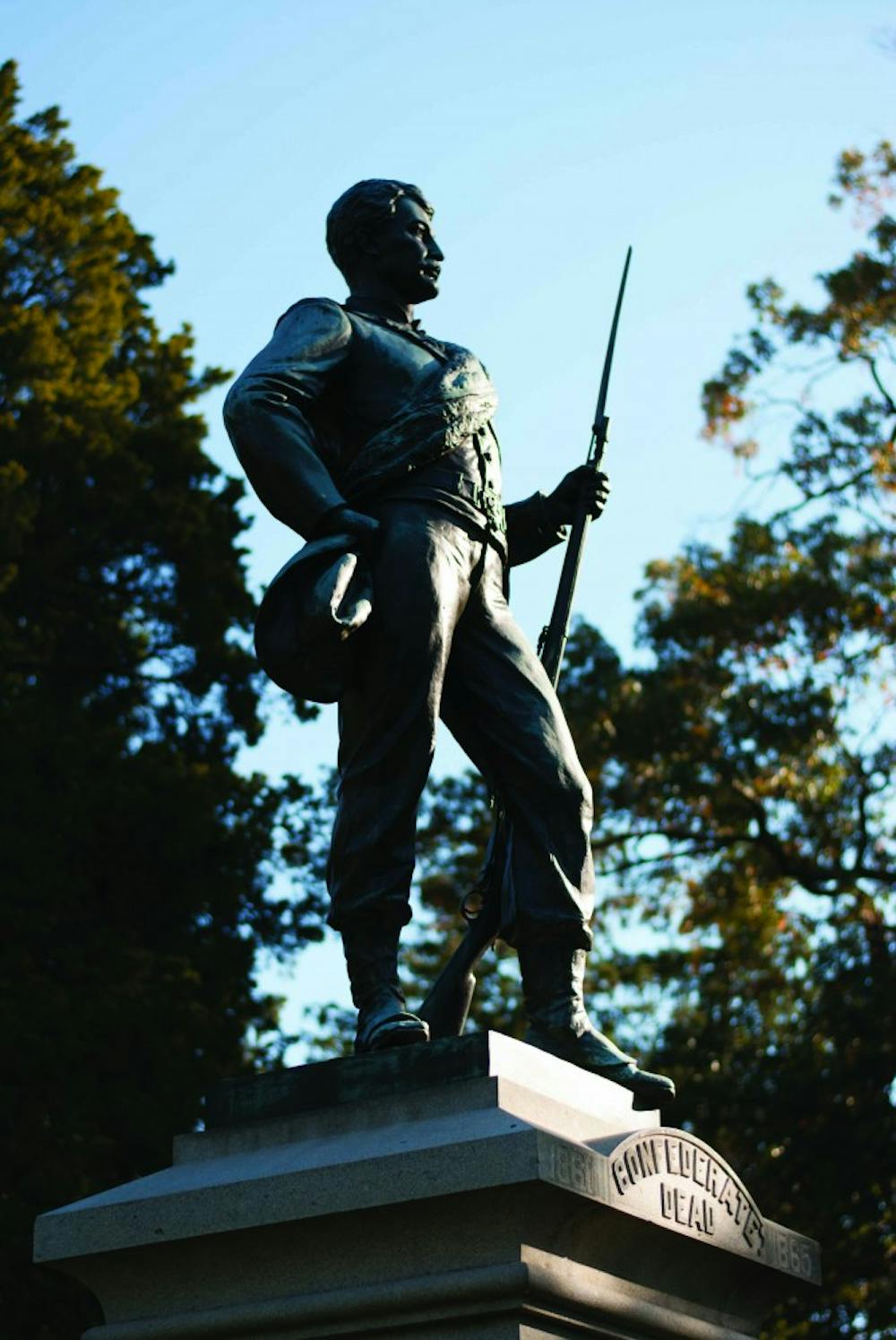The Civil War may not have been fought on the University’s doorstep, but the war did impact University students and Charlottesville, most notably with the community’s contributions to the rehabilitation of wounded soldiers.
Several factories in and around Charlottesville supplied uniforms and artificial limbs to soldiers. There was also an important hospital in the City, said Arts & Sciences graduate student Michael Caires, who is researching Civil War banking for his Ph.D. dissertation.
“With Virginia as one of the main theaters of battle in the Civil War, residents of Charlottesville could not escape its effects,” Caires said.
The University remained open during the entire war and was committed to providing education to those students who were still on Grounds or came back injured from the front.
“The University was very particular about the buildings not being used for military purposes,” University Historian Alexander “Sandy” Gilliam said. “[Officials] figured if buildings were used and Charlottesville was attacked, then the University would be burned.”
University students not fighting during the war still played an active role in the Civil War. Charlottesville did not see much actual fighting, but more than 2,000 University men, including alumni, served for the Confederacy during the war, History Prof. Elizabeth Varon said in an email.
In addition, University doctors treated a total of 22,700 wounded soldiers during the war, and Dawson’s Row and Lawn rooms were used for recuperation. Confederate General and U.Va. Law grad Carnot Posey even died in Room 33 West after his Law roommate, Dr. John Staige Davis, found him in a local hospital and brought him to the University for treatment.
“Davis lived in Pavilion XVII, and at the time, if you were living on the Lawn as faculty you could petition for the adjoining Lawn rooms,” Gilliam added. “Davis had 33 West and cut a door through the wall to the room. Davis moved Posey to 33 West and treated him there until he developed pneumonia and died.”
General Posey is buried in the University cemetery in the Davis family plot.
Charlottesville’s true claim to Civil War fame was its March 3, 1865 surrender of the City to Union generals Philip H. Sheridan and George Custer, said Arts & Sciences Graduate student Will Kurtz, a Ph.D. candidate specializing in 19th century America. Since Union soldiers occupied Charlottesville only in the month leading up to the surrender at Appomattox, Va., the city did not sustain major damage.
When the Civil War ended, the battle had just begun for the University, which struggled to recover economically after the war and during Reconstruction.
“A great influx of veterans came back to school, but nobody had any money,” Gilliam said. “The South was desperately poor. The University faced closing several times after the war because there wasn’t any money.”
In an effort to recognize those who fought for the Confederacy the University established memorials to these men. Bronze plaques on the portico of the front steps of the Rotunda list the names of students, alumni, and faculty who died fighting for the Confederacy. There is also a memorial to Confederate soldiers who died at the University just outside the cemetery.
“I find it fascinating as well that while Confederate veterans who were killed in action are memorialized on plaques on the Rotunda, there is no mention of the men from U.Va. who fought for the Union,” Kurtz said.
With sesquicentennial commemorations of the Civil War occurring all around Virginia, a debate has waged about whether Charlottesville should memorialize such Confederate leaders as Robert E. Lee and Stonewall Jackson given their history of supporting slavery.
This is the first feature in a series of four articles about Charlottesville history, commemorating its 250th anniversary this year.







